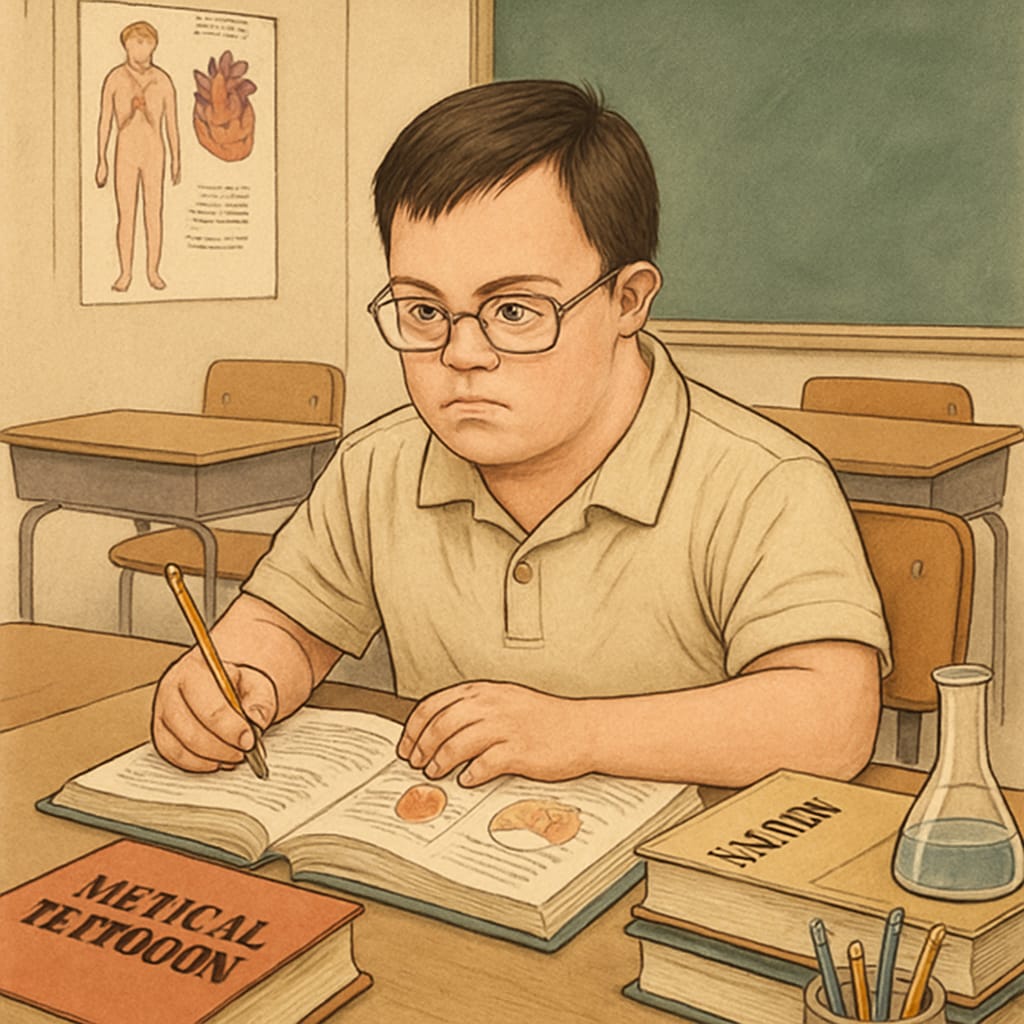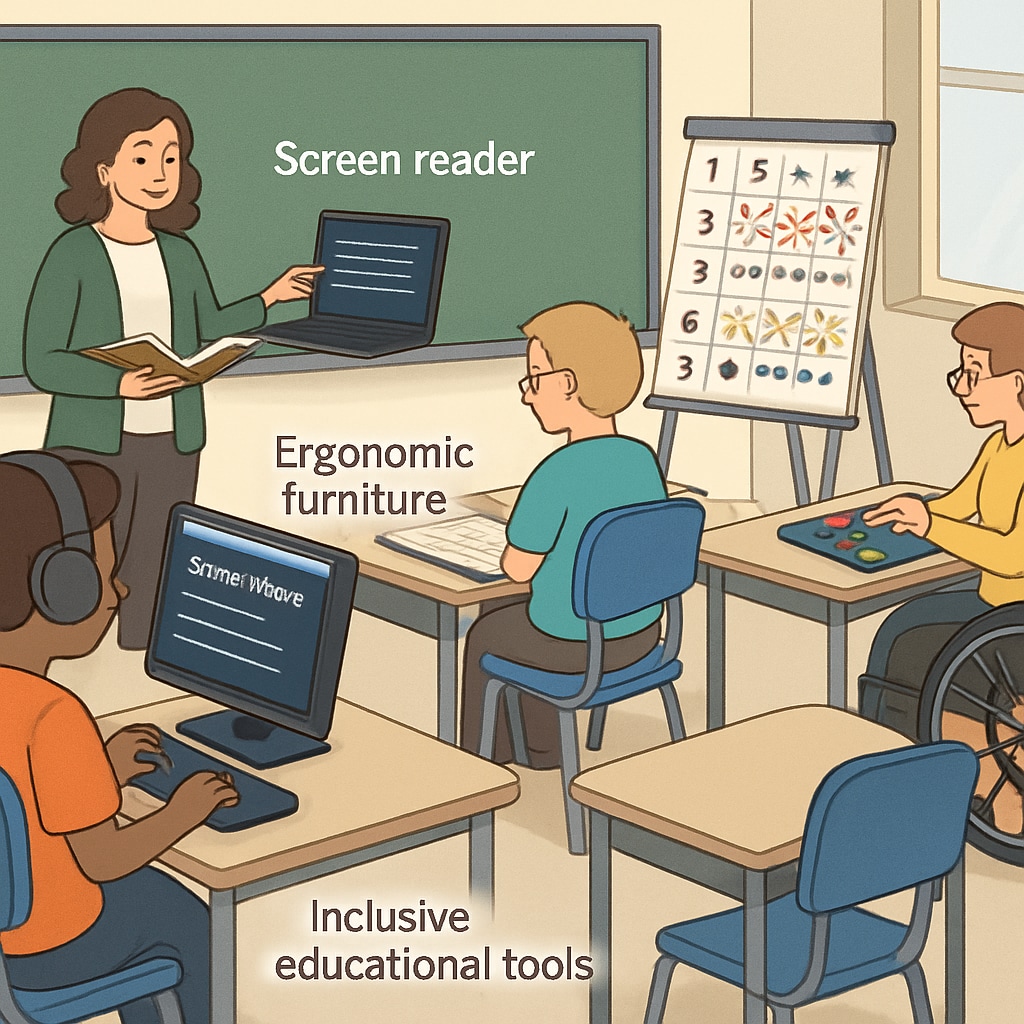Special needs students often face educational disparities, medical dreams, and learning disabilities, putting their aspirations to join medical schools at risk. Despite their passion and determination, systemic challenges like inaccessible resources, rigid teaching methods, and societal biases frequently stand in their way. How can educational systems adapt to ensure these talented individuals have a fair chance at achieving their goals? This article delves into the barriers special needs students encounter in medical education and proposes actionable solutions to transform their struggles into triumphs.
Understanding the Challenges Faced by Special Needs Students
Special needs students often experience unique hurdles that other learners may not encounter. For example, traditional teaching methods and rigid examination formats are rarely designed to accommodate diverse learning styles. Disabilities such as dyslexia, ADHD, or mobility impairments can make even basic tasks like note-taking or test preparation disproportionately difficult. In addition, the stigma surrounding these challenges can lead to feelings of isolation or inadequacy.
Statistics highlight the severity of these issues. According to Special Education on Wikipedia, only a small percentage of students with disabilities pursue higher education, and an even smaller group ventures into highly demanding fields like medicine. This underrepresentation not only limits individual potential but also deprives society of diverse perspectives in healthcare.

Breaking the Education Barrier: Solutions for Inclusivity
To address the profound educational disparities impacting special needs students, institutions must implement targeted solutions that foster inclusivity and empowerment. Below are three key strategies:
- Personalized Learning Support: Employ adaptive technologies, such as screen readers or voice-to-text software, to assist students in completing coursework effectively. Personalized tutoring programs can also cater to individual learning styles and needs.
- Optimizing Educational Resources: Schools and universities must ensure accessibility in physical spaces, digital platforms, and classroom materials. For example, creating quiet testing environments can benefit students with ADHD or sensory sensitivities.
- Psychological Empowerment: Mentorship programs and peer support groups can help students build confidence and resilience. Encouraging open dialogue about disabilities can reduce stigma and foster a more inclusive environment.
These measures, when combined, create a foundation for a more equitable education system where students with disabilities can thrive and pursue their dreams fearlessly.
Overcoming Societal Bias and Building Resilience
In addition to institutional barriers, societal attitudes often undermine the aspirations of special needs students. Misconceptions about their capabilities can lead to discouragement and reduced opportunities. To combat this, public awareness campaigns and inclusive media representation are essential.
Furthermore, resilience plays a crucial role in navigating these challenges. Success stories of individuals who have overcome disabilities to excel in medicine can serve as powerful motivators. For example, Dr. Stephen Shore, an autism advocate and professor, exemplifies how perseverance can redefine societal expectations. His journey underscores the importance of self-belief and determination in achieving one’s goals.

Looking Ahead: Redefining Success in Medical Education
The journey of special needs students pursuing medical dreams is not just about overcoming obstacles—it’s about redefining success and creating a more inclusive future for healthcare. By implementing systemic changes and fostering a culture of acceptance, educational institutions can empower these students to contribute their unique perspectives to the medical field.
In conclusion, addressing educational disparities, medical dreams, and learning disabilities is not merely a matter of equity; it’s a societal imperative. When special needs students are given the tools, resources, and support they need, they can achieve greatness not only for themselves but also for the communities they serve. It’s time to break barriers and embrace diversity in education and medicine.
Readability guidance: The article uses short paragraphs, lists, and transitional words to enhance clarity. Passive voice and long sentences are minimized. Solutions are actionable and practical, ensuring accessibility for readers of varying expertise levels.


